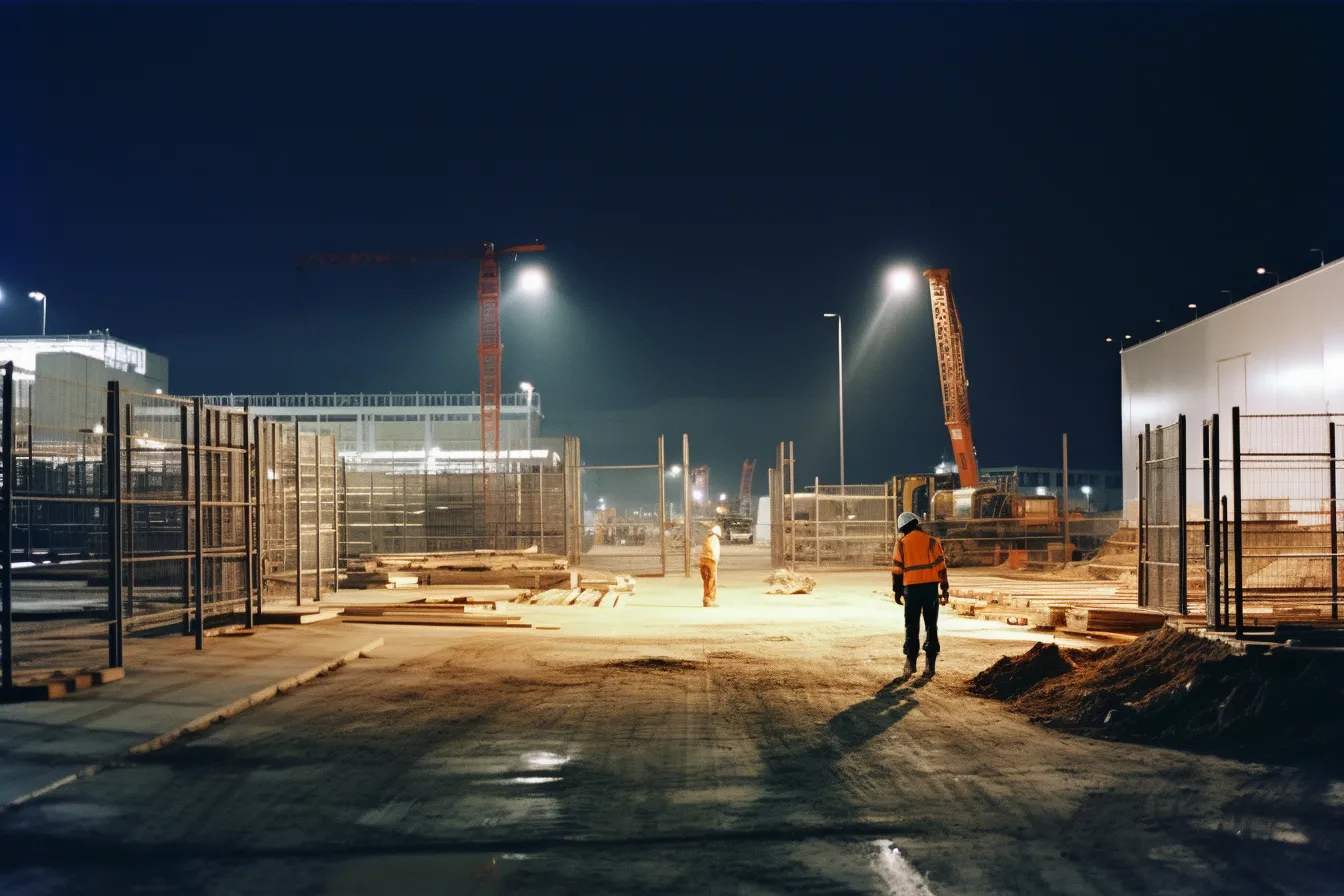The Importance of PPE in Construction
Welcome to our blog post about the crucial role of Personal Protective Equipment (PPE) in the construction industry. This article aims to shed light on why PPE is indispensable on construction sites and how it can potentially save lives. By understanding the significance of proper safety gear, construction workers and employers can take proactive measures to ensure a safer working environment.
The Dangers of the Construction Industry
The construction industry, undoubtedly, is one of the most hazardous sectors to work in. With various machinery, heavy equipment, and constantly changing environments, potential risks are plentiful. Workers in construction face perilous situations daily, including exposure to hazardous substances, falls from heights, head and neck injuries, electrical shocks, and much more.
Therefore, prioritizing safety in construction is paramount. This is where Personal Protective Equipment comes into play.
Understanding the Role of PPE
PPE encompasses a range of safety equipment and clothing designed to protect workers from potential dangers in the workplace. It acts as a barrier between the hazards and the individual, significantly reducing the risk of injuries or fatalities. Properly utilizing PPE is not only a legal requirement in most jurisdictions, but it also reflects a responsible and ethical approach to worker safety.
Let’s take a closer look at some of the most common types of PPE used in construction:
1. Head Protection
Head injuries are a major concern in construction due to the risk of falling objects, bumps, and potential exposure to electric shocks. Hard hats or helmets serve as a crucial form of PPE for safeguarding the head, reducing the likelihood of severe head trauma or fatal accidents.
2. Eye and Face Protection
Construction sites often expose workers to flying debris, dust, chemical splashes, and intense sunlight. Safety glasses, goggles, or face shields provide necessary protection against eye injuries, including potential damage from UV rays, projectiles, or harmful particles.
3. Respiratory Protection
In construction, workers may encounter hazardous chemicals, fumes, dust, or airborne contaminants. Respiratory protective equipment, such as respirators or face masks, safeguards against inhalation of harmful substances that can cause respiratory diseases or other long-term health complications.
4. Hand and Foot Protection
Power tools, falling objects, sharp materials, and slippery surfaces pose significant risks to workers’ hands and feet. Protective gloves, steel-toed boots, or safety shoes serve as indispensable PPE, shielding workers against potential injuries, lacerations, punctures, or crushing accidents.
5. Fall Protection
Falls from heights, such as roofs, scaffolding, or ladders, are among the leading causes of construction-related fatalities. Personal fall arrest systems, safety harnesses, or self-retracting lifelines are essential PPE for safeguarding workers against severe injuries or fatal falls.
The Road to Prevention
PPE is undoubtedly a vital aspect of construction safety, but it should not be the sole preventive measure. Employers must prioritize comprehensive safety training programs, regular equipment inspections, hazard control strategies, and an overall safety-first culture.
By integrating effective safety practices and investing in high-quality PPE, employers demonstrate their commitment to protecting workers and reducing accidents on construction sites. Workers, too, must take their safety seriously by wearing the provided PPE and being aware of potential hazards at all times.
In Summary
PPE plays an invaluable role in the construction industry, effectively safeguarding workers against potential hazards and saving lives. From head protection to fall arrest systems, each form of protective equipment serves a crucial purpose in mitigating risks and minimizing injuries.
However, it is important to remember that PPE alone is not the complete solution. A holistic approach to construction safety, including training, hazard identification, and a safety-conscious environment, is essential to create a workplace where accidents are minimized.
Remember, by prioritizing the well-being of workers and implementing proper safety measures, we can make construction sites safer and prevent unnecessary injuries.
